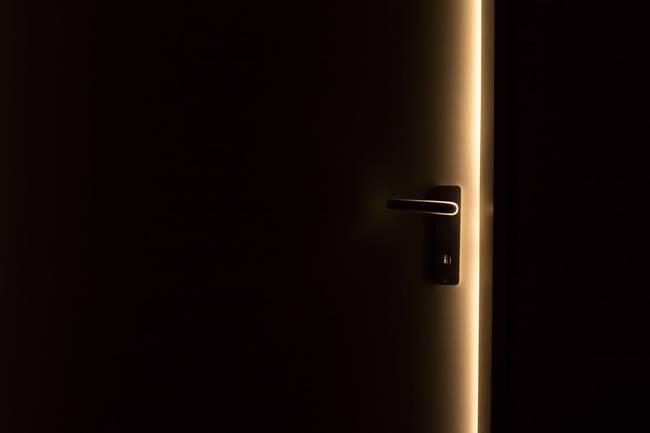Moving into a new home should be a wonderful experience for the whole family. However, you will often have that period of adjustment where it does not quite feel yours just yet. That is natural. However, if time goes on and you start discovering your home has more problems than positives, it can forever soil your experience of the home before long. By taking the time to prepare the home fully before you start enjoying it, you can make sure that the path to home, sweet home is smooth as can be.

Take security seriously
There is a good chance that you have chosen the area your home is in because there are few security risks in the area. However, it is natural to be wary not only of a new area but of a new home. The first thing you should do is get in touch with a locksmith that can help you change the locks. You might trust the seller but you do not know who else might have keys. From there, it is all about deciding how much extra security the home needs. Checking the stability of doors, locks, and windows, and reinforcing as appropriate is essential to feeling safe in your own home. If that is not enough, then you might want to consult a home security home that can help you pinpoint the vulnerabilities and fix them.
The utilitarian approach
Not every risk is from the outside, of course. There are threats to the family and the home from the inside. They might not have malicious intent, but they are dangerous all the same. Most important of these are the utilities that the home otherwise needs to thrive. Not getting your electrics and plumbing thoroughly checked will not only delay your ability to enjoy the home as you should. Electrical risks, leaks, and bad plumbing can cause a lot of further damage to the house and even present a health risk. Find a plumber and an electrician near your area if there are any issues you are uncertain about. You do not want to tackle a task that you are not equipped to and risk making the situation worse.

Look above
When making sure that the home is comfortable to live in, many people tend to ignore the roof until it is too late. If you are starting to see damp in the ceilings of your rooms, it might already be too late. Therefore, as early as you can, get up on the roof or hire a professional if you are not comfortable you can safely check and identify any issues. Cracks, missing tiles, or tiles that need a replacement compromise the boundaries between your home and the outdoors. That means that not only will you have a tougher time heating or cooling the home, you risk the aforementioned damp and further weather damage wheedling its way in.
Breathe in that air
There is a good chance that the home has not been fully looked after in the weeks or months leading up to you are moving in. A good spring clean is in order but that does not mean that the home is going to be completely fresh or that you will have good air quality. If there are any pre-installed air conditioning units or ventilation filters and grates, give them a thorough once over, cleaning them of any dust and dehumidifying them. If the home has HEPA filters installed, it is worth getting them replaced immediately, as they should be replaced every month. Otherwise, you could be living in a home where allergens such as dust and mold are a lot more prevalent in your airflow than you would like.

Kick out any old inhabitants
You might have changed the locks but that does not mean you will not be sharing the home with any uninvited guests. We are talking, of course, about the many household pests that can really get on your nerves. You might be able to get them out with household sprays and deterrents or an extermination. However, after that, you should work to make sure that they do not worm their way back in. You can do that by making sure that any potential cracks in the exterior, especially around ventilation, windows, and the like, are sealed up. Then keep the direct vicinity of the house is kept clear of bushes, shrubs, moss, and debris like leaves or sticks. These natural trimmings serve as a haven that lets pests shelter on their way into the home.
Start as you mean to go on
When you move into a home, you are also moving into a new lifestyle. A big part of that lifestyle is the financial implications of living it. We are talking about the household bills as well as what you can do to control them. When living in a home you have been in for a long time, it is easy to stick to old habits and to use appliances that use more water or more energy than they should. Make an effort to change when you move into a new home. If you need new appliances like a fridge or an oven, choose based on energy efficiency first. If you want to replace your faucets and showerheads, choose water-saving varieties.

Make it your own
With all of the above done, your home should be safe from most of the risks that threaten to make it an unsecure, unhealthy, and otherwise unpleasant place to live. From there, it is all about turning it into a positive experience. Even if you are bringing old furniture into the home, it is more than possible to give it a new look that is fresh while still speaking to your identity and your tastes. Rearrange old seating places based on the new space available to you. Consider if you might move a piece of furniture from one room to the next to give it a new context or use in the home. Make the new home truly your own.
From there, it is all about learning to get used to the home and learning to love it for what it is. Take care of it, invite friends over, have good experiences in it, and settle in.